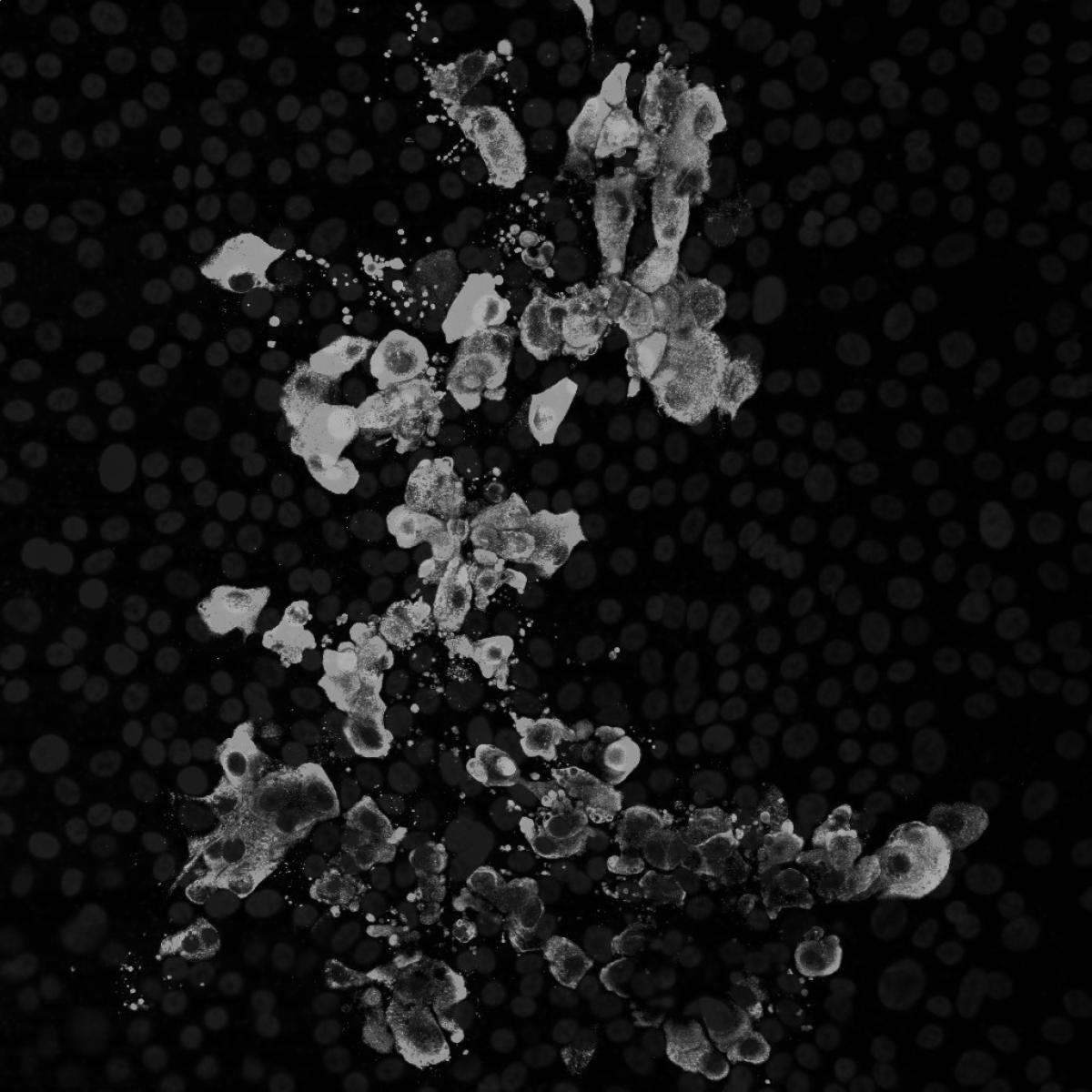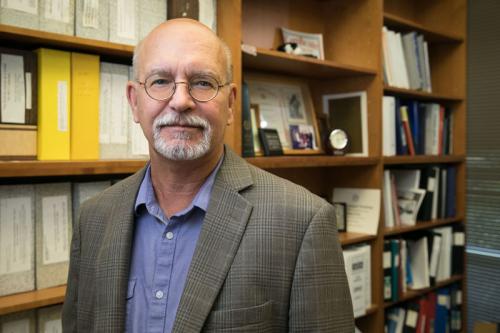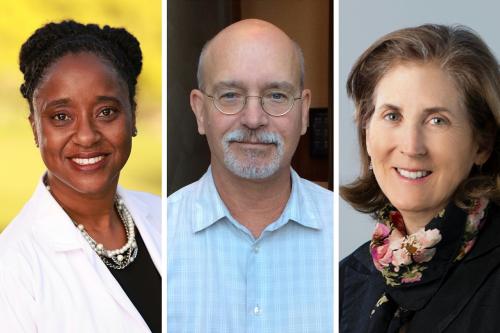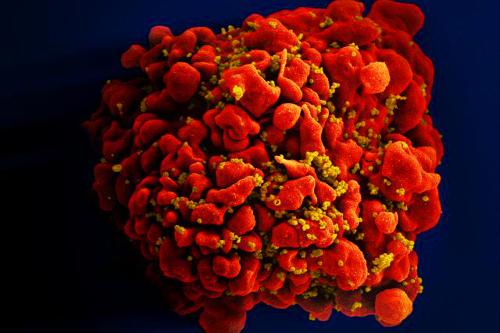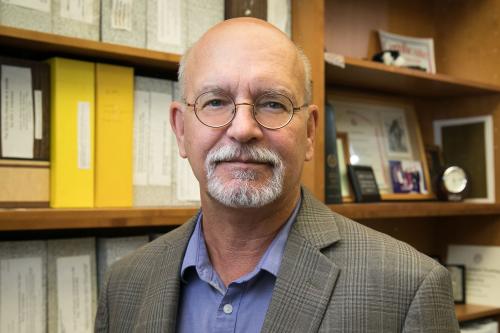
Jerome A. Zack, Ph.D.
- Distinguished Professor, Microbiology, Immunology and Molecular Genetics
- Co-Director UCLA-CDU Center for AIDS Research

Jerome Zack, Ph.D., studies the replication and disease mechanisms of the human immunodeficiency virus, or HIV. His ultimate goal is to develop gene and cell-based therapies that boost the immune system’s response against HIV.
A major focus of Zack’s work is devising strategies to eliminate latent HIV reservoirs — groups of infected cells in the body where the HIV virus remains dormant and undetectable by the immune system or antiretroviral therapy. These reservoirs persist despite treatment, making it difficult to completely eradicate the virus and necessitating lifelong therapy for people living with HIV.
Along with center member Scott G. Kitchen, Ph.D., Zack is developing a CAR T gene therapy to combat HIV and provide long-lasting protection against reinfection. The therapy enables blood stem cells to produce T cells that can find and destroy HIV-infected cells. This approach has shown promising results in preclinical studies, generating a long-lasting supply of HIV-fighting T cells in animal models.
Another treatment strategy Zack is pursuing is called "kick and kill,” which involves coaxing the dormant virus to reveal itself in infected cells (the "kick") so that they can be targeted and destroyed by the immune system or anti-HIV drugs (the "kill"). Part of Zack’s strategy includes developing methods that use patient blood stem cells or donated embryonic stem cells to generate immune cells called natural killer cells in a dish in the lab. These cells could potentially be infused into patients to seek out and eliminate the newly revealed HIV-infected cells.
To test these new approaches, Zack uses HIV-infected mice that have been genetically engineered with human immune systems. He has spent over 25 years refining these animal models to make them more useful to the field of HIV research.
“You can’t move to the clinic without creating a sound scientific foundation for a potential treatment. My main concern is translating our stem cell advancements into cures for disease, so I work closely with clinicians to bring our laboratory work to a patient setting.”
- Distinguished Professor, Microbiology, Immunology and Molecular Genetics
Research Projects
- Developing methods to eliminate the latent HIV reservoir — the hidden HIV-infected cells that evade current therapies and the immune system — as a means to cure HIV infection
- Exploring "kick and kill" strategies to activate and then destroy hidden HIV-infected cells
- Developing stem cell-based gene therapy A technique that uses a gene or gene(s) to prevent, treat or cure a disease or disorder. Most gene therapies work by adding a healthy version of a gene to replace one that is defective or missing into the genome of particular cells. Some of these therapies use viral vectors to deliver genes into target cells. gene therapy A technique that uses a gene or gene(s) to prevent, treat or cure a disease or disorder. Most gene therapies work by adding a healthy version of a gene to replace one that is defective or missing into the genome of particular cells. Some of these therapies use viral vectors to deliver genes into target cells. strategies to engineer immunity against chronic viral infections such as HIV
- Refining mouse models with genetically engineered human immune systems to advance HIV research
-
Post-doctoral Fellowship
- Virology, David Geffen School of Medicine at UCLA, 1989
Degree
- Ph.D., Immunology, University of Texas Health Science Center, 1987
-
